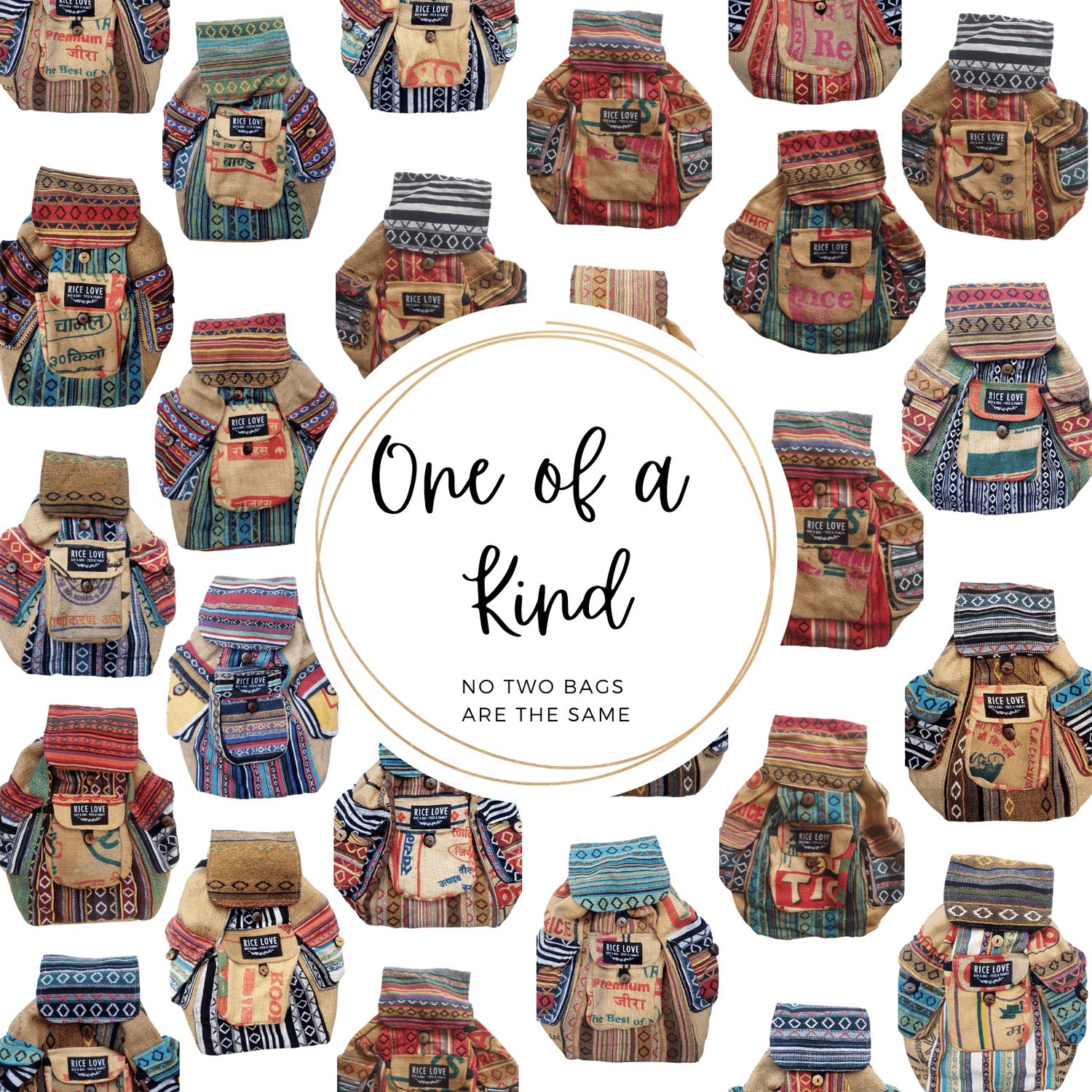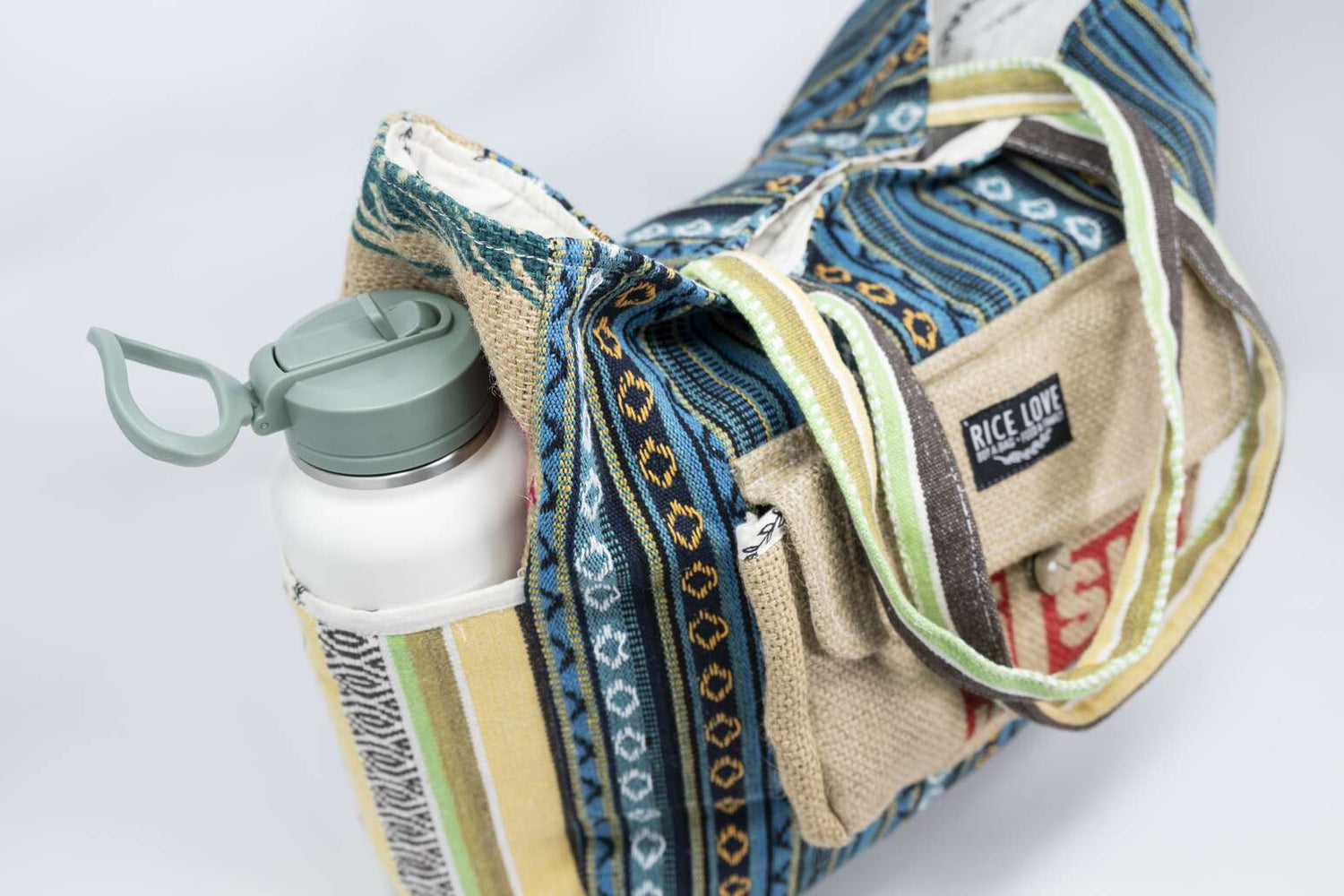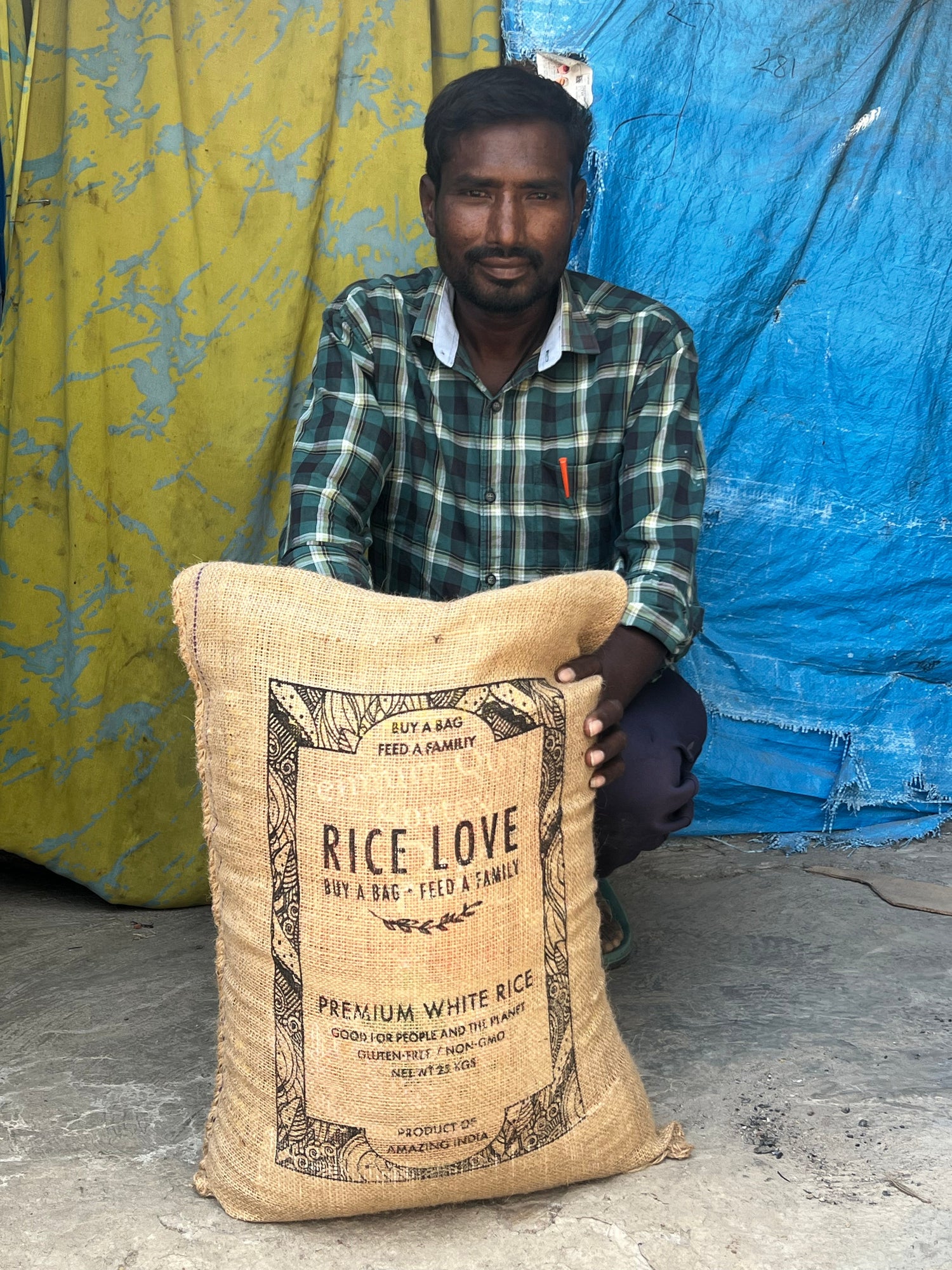Living a minimalist lifestyle can be a transformative experience that not only simplifies daily life but also contributes positively to the planet. Embracing minimalism means focusing on what truly matters, reducing excess, and living sustainably. By doing so, we can declutter our minds and spaces, becoming more intentional about the things we own and the choices we make. At its core, minimalism is about finding freedom—freedom from clutter, stress, and consumerism.
Understanding Minimalism
Minimalism is often misunderstood as merely owning fewer things. However, it is more accurately described as a mindset that helps us value quality over quantity. The goal is to make space for what truly matters by eliminating what doesn't. With fewer possessions, individuals report greater happiness, clarity of mind, and a deeper appreciation for life. Minimalism encourages deliberate decision-making about every purchase and possession, leading to more meaningful and fulfilling experiences.
Benefits of Embracing Minimalism
Adopting a minimalist lifestyle comes with numerous benefits. Firstly, reducing clutter leads to a more organized and aesthetically pleasing living environment. This can alleviate stress and make everyday life more manageable. Secondly, minimalism encourages sustainable living by reducing consumption and waste. Utilizing resources wisely and purchasing eco-friendly products helps lessen our ecological footprint, contributing to environmental conservation.
Moreover, minimalism enhances focus by promoting a clutter-free environment where only essential items remain. This clarity can lead to increased productivity and creativity. Finally, minimalism fosters financial freedom by curbing unnecessary spending, allowing individuals to allocate resources towards experiences and goals that truly matter.
Practical Steps to Adopt Minimalism
1. Start with Decluttering
Begin your minimalist journey by decluttering your space. Sort through your belongings and categorize them into keep, donate, and discard piles. Be honest about what you use and love, and let go of items that no longer serve a purpose or spark joy. This process can be cathartic and a great opportunity to donate items to those in need, embracing the idea of less is more.
2. Reevaluate Your Purchasing Habits
A key aspect of minimalism is mindful consumption. Before purchasing anything new, ask yourself if it aligns with your minimalist goals. Consider whether it serves a functional purpose, is durable, and sustainable. Embrace quality over quantity, investing in items that are not only well-made but also versatile.

3. Focus on Experiences, Not Things
Minimalism teaches us to prioritize experiences over material possessions. Instead of spending money on the latest gadgets or fashion trends, invest in activities that bring joy and create lasting memories. Whether it's a trip with loved ones, a hiking adventure, or learning a new skill, these experiences enrich life by expanding perspectives and fostering connections.
4. Simplify Your Wardrobe
An overflowing wardrobe can be a source of daily stress. Simplify by creating a capsule wardrobe—curating a collection of timeless, versatile pieces that can be mixed and matched. Not only does this reduce decision fatigue, but it also makes getting dressed an effortless affair. Sustainable fashion choices, such as purchasing second-hand or ethically made clothing, align with minimalist values.
The Role of Mindset in Minimalism
At the heart of minimalism lies a profound shift in mindset. It requires challenging societal norms that equate success with accumulation and redefining happiness as a state of being rather than having. Minimalism encourages self-reflection and mindfulness, leading to intentional living. This change in perspective allows individuals to align their actions with their values, fostering personal growth and deeper satisfaction.
Embrace Sustainability through Minimalism
Living sustainably is an integral part of minimalism. By reducing consumption and choosing eco-friendly products, minimalists contribute to a healthier planet. Opt for items made from sustainable materials, such as recycled fabrics or biodegradable components. At Rice Love, our products, like the Recycled Travel Tote, are crafted with care to ensure they not only meet your functional needs but also respect the environment.

Joining the Minimalist Movement
Minimalism is more than just a personal choice—it's a movement that can inspire societal change. By adopting a minimalist lifestyle, you contribute to a more sustainable and equitable world. As more individuals embrace minimalism, we send a powerful message about the importance of intentional living and environmental stewardship. We invite you to be part of this movement and share your journey with others, fostering a sense of community and support for collective growth.
Conclusion
Embracing minimalism is a rewarding journey towards a simpler, more intentional life. By reducing clutter and focusing on what truly matters, we create space for personal growth and environmental responsibility. At Rice Love, we align with these values by offering products that support sustainable living while contributing to the well-being of others. Consider joining us in this movement towards minimalism by exploring our unique and eco-friendly products. For more inspiration and to support families in need, visit our website at RiceLove.com.




